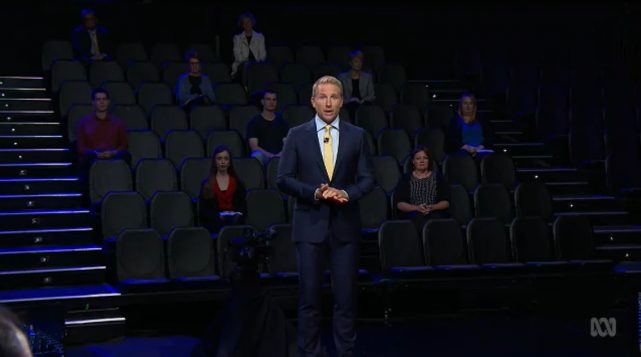Along with restricting visits to aged care homes, the Government is also recommending we stay 1.5 metres (about two arms lengths) away from each other as one of the ‘social distancing’ moves designed to limit the spread of the virus.
But why 1.5 metres? And is this backed up by science?
Associate Professor Philip Russo is the Director Cabrini Monash University Department of Nursing Research and the President of the Australasian College for Infection Prevention and Control.
He says the virus is spread from person to person when someone with the virus coughs or sneeze. The closer you are, the higher the risk because respiratory droplets can land in your mouth or nose.
“Alternatively, droplets could land on your face, and the next time you touch your face, and then rub your eye, you could infect yourself,” he told The Conversation.
The flu is spread in a similar way. Professor Russo says one study showed healthcare workers who worked within 1.8 metres of patients with influenza were more likely to be infected.
So, what is a safe distance for the coronavirus? While similar research hasn’t been done on the way the virus spreads, the recommendation of 1.5 metres is based on our knowledge about the flu and is also a practical distance so we can still go about our daily lives.
The Professor concedes it’s not a precise measure – and he says this is shown in the conflicting advice from around the world.
The UK’s National Health Service is recommending people who show symptoms stay at least two metres away from other people, while the US Centers for Disease Control and Prevention simply says everybody should “put distance between yourself and other people”.
But Professor Russo says keeping a sensible distance from others is still one of the best steps we can take right now to help slow down the virus.
And of course, wash your hands and if you have symptoms, stay at home and seek medical advice.
You can find more information about social distancing from the Department of Health here.



